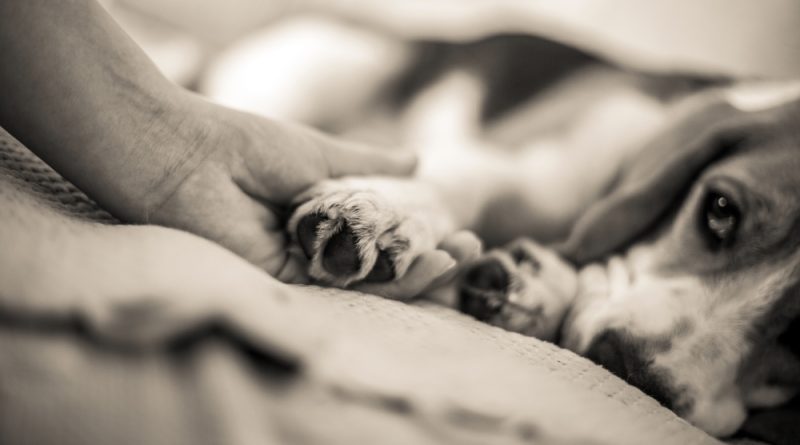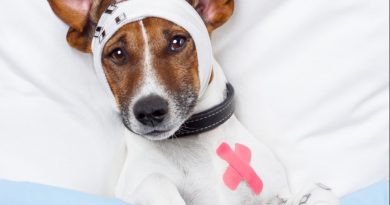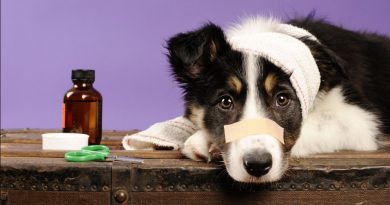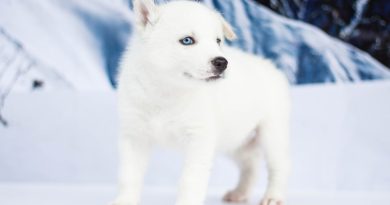Canine parvovirus: symptoms, treatment, and prevention
If you have a furry friend at home, you’ve probably heard of the dreaded parvovirus. Considered a dangerous disease, parvovirus especially affects puppies and tends to instill fear not only in the caregivers of baby pets!
Although easily preventable, it is still a common problem, requiring a good understanding of the disease to protect your pet. So, if you have a dog, keep reading. We consulted a veterinarian who explained what parvovirus is, its symptoms, treatment, and, most importantly, how to prevent it.
Parvovirus: what is it?
Do you know what parvovirus is? This name is given to the disease caused by the canine parvovirus. Dr. Luma Castro, a veterinarian at Petz, explains that the virus particularly attacks intestinal cells.
“There, it causes inflammation in the intestine, also called enteritis. Additionally, it destroys part of the attacked cells, preventing the absorption of nutrients. As a consequence, the pet experiences diarrhea, loss of fluids, nutrients, and even blood,” explains the specialist.
Because it is extremely aggressive, canine parvovirus is considered a dangerous disease! In some cases, it can also cause heart problems, but this is a rare scenario.
How contamination occurs
Dr. Luma explains that one of the factors that make parvovirus so dangerous is its high contagion power. “Transmission occurs from dog to dog through direct contact with secretions, vomit, or diarrhea.” In places like kennels and shelters, the circulation of animals is high, increasing the chances of contamination.
However, the veterinarian emphasizes that the real danger lies in the virus’s ability to survive in the environment. “The canine parvovirus is a very resistant microorganism. It can remain in the environment for months or even years, including in feeding bowls, beds, blankets, and clothing,” she comments.
Therefore, when a pet is infected with parvovirus in dogs, it is essential to thoroughly clean the environment, using powerful disinfectants and preferably products specifically designed for pets. This is the only safe way to get rid of the virus once and for all.
Symptoms of parvovirus
To protect your four-legged child from this disease, it is essential to know the main signs that the pet presents when infected. According to Dr. Luma, some symptoms of parvovirus include:
- Vomiting;
- Liquid diarrhea;
- Blood in the stool;
- Apathy;
- Lack of appetite;
- Fever;
In some cases, when the virus attacks the heart, sudden death from parvovirus can occur. In these situations, the veterinarian can diagnose the disease and determine the cause of death through specific tests.
Diagnosis and treatment
Firstly, the veterinarian will analyze clinical signs, observing points such as the pet’s age and profile, vaccination history, and the symptoms presented. For an accurate diagnosis, blood and feces tests are necessary, which can detect the presence of the virus.
If the dog is diagnosed with parvovirus, supportive treatment is initiated. “Unfortunately, there is no specific medication for parvovirus that can attack the virus directly,” explains Dr. Luma.
Thus, the veterinarian will prescribe measures to strengthen the furry friend, giving him conditions for his body to fight the disease. In this process, the specialist may recommend some procedures, such as:
- IV fluids;
- Vitamins;
- Special diet;
- Medications to prevent vomiting.
Additionally, the owner can provide all the comfort for their little dog, with a warm bed, affection, and companionship.
Prevention
The good news is that parvovirus is easily preventable. Vaccination against the disease is easy, accessible, and very effective. It is part of the regular schedule for dogs in three doses, usually administered from the sixth week of life.
It is important to emphasize that it is extremely important for every little dog to go through the immunization protocol! This is the only way to keep your friend protected from parvovirus and other diseases.
Additionally, remember to provide a healthy routine for your friend, with quality food, daily exercise, regular visits to the veterinarian, and, of course, lots of love!
Protecting the puppies
As vaccination only occurs after the sixth week, Dr. Luma reinforces procedures to protect the little ones. “Puppies receive passive immunity from the mother. Through maternal milk, antibodies are transferred to the baby,” she explains.
It is also important for the owner to pay attention to their habits. “While there are puppies at home, the recommendation is to keep the environment clean, including removing shoes used outside, as we can carry the virus inside the environment,” comments the veterinarian.
Finally, we must remember that the vaccination protocol takes about 16 weeks, and during this time, the little one is still susceptible to diseases. “During this period, it is recommended that the puppy has no contact with other pets, does not go for walks, and does not visit other houses,” explains Dr. Luma.
If you liked the article “Canine Parvovirus: Symptoms, Treatment, and Prevention,” don’t forget to share it with your contacts and pass on the information. It can certainly help many pet owners take even better care of their little dogs.




